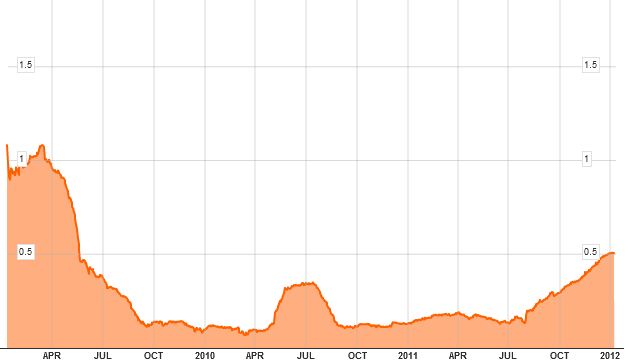Financial market performance in 2025 is increasingly being shaped by one central question: Will President Trump’s global trade reset work?
Markets remained relatively stable and modestly positive through the early part of the year. That changed in February with the announcement of initial tariff policies. Concerns quickly escalated, particularly around the potential inflationary impact of those tariffs. In March, President Trump described the upcoming widescale tariffs as “kind” to other nations, while Commerce Secretary Lutnick characterized them as “thoughtful.” However, when the details were released in early April, markets judged them to be neither, and sold off sharply.
The result was a sharp global sell-off—one of the most rapid declines since the COVID-19 pandemic— driven by fears that disruptions to global trade could trigger a U.S. recession, or even global recession.
Economic Fundamentals and Early Warning Signs
While economic growth heading into the tariff announcements was solid and may help cushion the blow, early indicators of sentiment have now turned sharply negative. For example:
- The NFIB Small Business Optimism Index revealed that only 21% of small business owners expect better business conditions in the near term.
- The University of Michigan’s Consumer Sentiment Index showed its Future Expectations component fell to the lowest level since 1980, with expectations for rising unemployment reaching the highest level since the 2008–2009 Global Financial Crisis.
- The Economic Uncertainty Index, developed by Stanford and the University of Chicago, is currently at its second-highest level since 1985—surpassed only during the height of the COVID crisis.
While the sentiment surveys can be considered “soft” economic data, they typically do a good job of leading the “hard” data that is reported weeks and sometimes months in arrears. These indicators suggest sharply rising caution among both businesses and consumers, which could lead to cutbacks in spending and investment.
Adjusting the Sails: Our Response
As the saying goes, “You can’t control the wind, but you can adjust the sails.” While we cannot predict or control macroeconomic developments, we can manage risk prudently on behalf of our investors. Our goal is to mitigate deep drawdowns that can significantly hinder long-term investment outcomes. Earlier this year, we were comfortable taking on economic risk in both our equity and fixed income portfolios. That stance began to shift after tariffs on Canada and Mexico were announced. It deteriorated further following the rollout of global reciprocal tariffs in early April. In response, we have begun to position for the much higher probability of recession by:
- Reduced exposure to economically sensitive bonds
- Shifted bond allocations toward short-term instruments, high-quality mortgage-backed securities,
and insurance-linked securities - Moderated equity exposure, reallocating proceeds into short-term fixed income and total return
strategies that have shown resilience during recent volatility
Historical Context and Forward Outlook
We have seen market declines in the range of 15–20% recover relatively quickly in the past, including
during the 1998 Asian financial crisis, 2011 European debt crisis, and 2018 concerns over Fed rate hikes.
What these episodes had in common was that they were not accompanied by recessions.
However, in the four major market drawdowns exceeding 25% over the past 30 years—2000–2003,2007–2009, 2020, and 2022—three were recessionary periods. Only 2022 occurred without a formal recession, making the current environment particularly important to monitor for further signs of economic deterioration.
What Comes Next
Although current trends are worrisome, the outlook could change rapidly based on policy developments in the U.S., China, and other major economies. Over the coming weeks, we will be closely analyzing both leading and coincident economic indicators as well as market behavior.
Our goal is to determine whether a more defensive posture is warranted—or if conditions are setting up for a potential recovery and new investment opportunities.
One thing is clear: the coming months are unlikely to be dull.
This document is for informational purposes only. It is educational in nature and should not be considered a recommendation of Weatherstone Capital Management’s investment management and financial planning services, strategy or any particular product in any jurisdiction. Your investment goals and objectives are unique so you are encouraged to consult with an investment professional before making any investment decisions. The comments expressed include forward-looking statements derived from Weatherstone Capital Management’s analysis of market conditions, projections and the general economy. As a result, there are no guarantees of future performance based on these statements. All opinions are current at the time of publication and are subject to change without notice. All information including returns, charts and graphs are obtained from sources believed to be reliable, but not guaranteed.
Investing has risks, including loss of income and principal, and there are no assurances specific investment results will be achieved. Weatherstone Capital Management has no control over market volatility so investors should understand these are inherent risks with investing. Past performance does not guarantee future results. Unless otherwise stated, all data is current as of the most recent quarter end, or most recently available.
A copy of Weatherstone Capital Management’s regulatory disclosure document is available upon request. For questions about this presentation, please contact Weatherstone Capital Management at (303) 452-4374.




